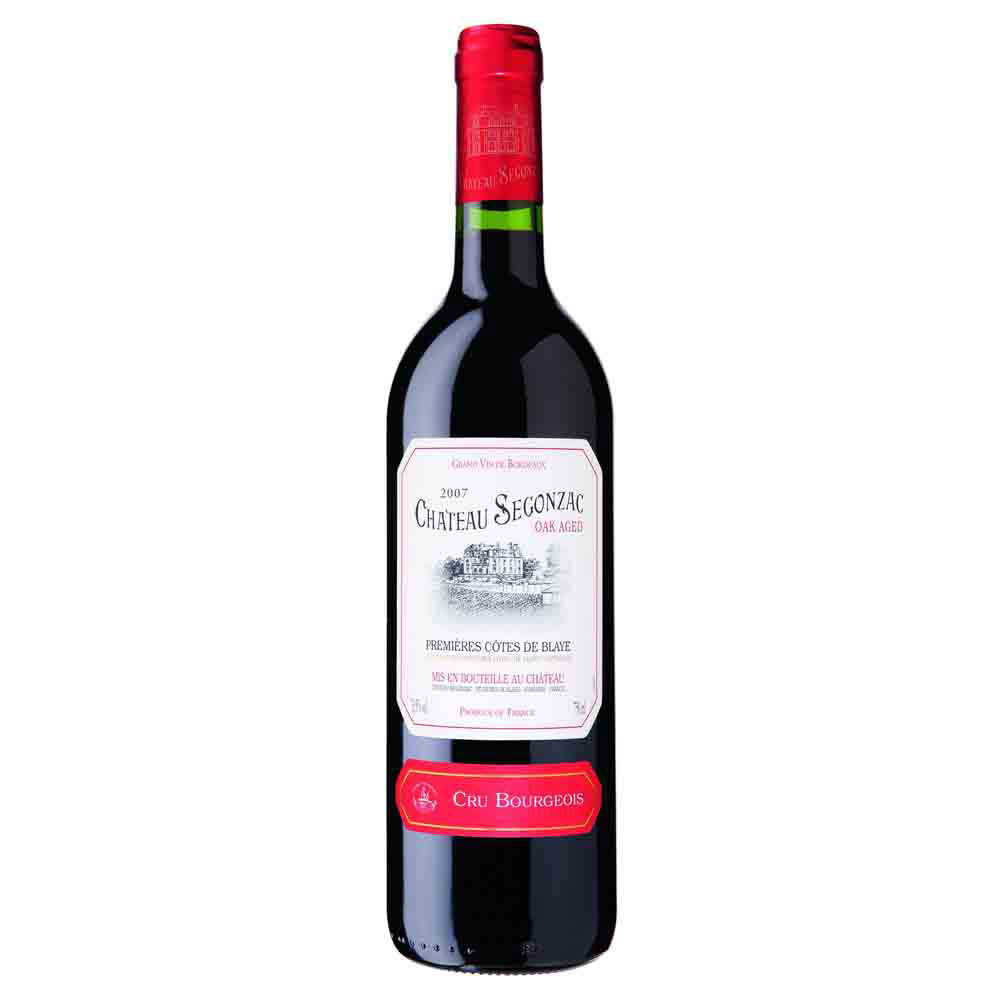Get Premium access to all the latest content online
Subscribe and view full print editions online... Subscribe
The mid-ranking Cru Bourgeois wines of the Médoc are a sound investment for the everyday drinker seeking good, grown-up Bordeaux says Adam Lechmere
Spring sees the international wine press descend on Bordeaux for the annual ‘En Primeur’ tastings. This is our first look at the 2012 vintage – via barrel samples – which will then be offered to consumers to buy, a full two years before they take delivery of the actual bottles. As I write, there’s the usual fevered speculation over prices, and just how daft they’re going to be.
The market’s dropped since Château Lafi te 2009 topped the scales at £14,300 a case, but at the top end, Bordeaux is predominantly now the preserve of trophy hunters and investors. The opening of new markets means the ‘first growths’ – the official Premier Cru classification bestowed upon the top estates – have become status symbols in Asia.
As a consequence, it’s inconceivable that the big names will release their wines at less than £250 a bottle. Once the middlemen take their share and taxes have been paid, that means £4,000 a case to you and me.
But don’t despair: Bordeaux’s never looked so good for the everyday drinker. The top dozen properties are a tiny fraction of the 8,000-plus châteaux in the region; beyond the 150 or so properties that fall into the major classifications of the Médoc, Graves and St Émilion (those wines that can label themselves with toptier Cru Classé status) there are thousands battling it out on the supermarket shelves. And some of those are very good indeed.
The Cru Bourgeois classification was invented in 1932 to represent those châteaux that weren’t of high enough standard to make it into the top ranks, but nevertheless were faithful to their terroir: good, honest Bordeaux, you could say.
There are 260 Cru Bourgeois châteaux in the 2012 list, producing 32 million bottles a year – more than a third of the whole of the Médoc. They’re a mixed bag, but the best are outstanding. Over the last two great vintages – 2010 and 2009 – some wonderful wines have been produced under the Cru Bourgeois banner. And only a handful nudge over £25, most clocking in at about £15.
Cru Bourgeois is proper, grown-up Bordeaux. The 2010s are just coming into the shops now, and there are still a lot of 2009s around. Both vintages will repay ageing. The 2009s are rounder, fruitier, with less grippy tannins; they are drinking beautifully now or will last another six to eight years. The 2010s are ‘classic’ wines – more concentrated, with heftier, more challenging tannins.
What I love about these wines is that they remind us that behind the drawing rooms and weeping willows of the great châteaux, there are thousands of winemakers wresting a living from Bordeaux’s unforgiving soil and undependable climate. They’re selling bottles for prices that may guarantee them a new tractor next year, but not much else. A bad year can be catastrophic. The wines are imbued with a sense of place, crafted by people with intimate knowledge and experience of the land.
If you like your wine with bite and edge, drink them now, though most will last a decade or so. For £15 a bottle, why not buy a case and enjoy seeing your wine mature over the years? Now that’s the kind of investment I can understand.
Bright blackcurrant and earthy blackberry on the nose, powerful and dense, lots of bramble fruit with gripping tannins and rich, tart acids. Particularly good with hearty meat stews. Will keep for fi ve years at least.
Available at:Sainsburys

Rich and voluptuous, dark damson, plum and blackcurrant, earthy spice with good tannins and lively acidity; very good length. Drink it now with a robust meaty dish.
Available at:Waitrose

Pure class. Bright, lifted and juicy, with that hint of ripe green pepper, the hallmark of well-handled cabernet. Superb, and great value. Buy a case and watch it get better and better.
Available at:Slurp.co.uk

Duthil is owned by third-growth Chateau Giscours, so there’s big money behind it. Damson, sweet cherry and meat on the nose, bramble fruit and plums on the palate. Drinking well now, with a few more years’ life left.
Available at:Laithwaite’s

From the gravelly mounds of northerly St Estèphe comes this austere, dense, tannic wine with dark, brooding fruit and uncompromising acidity. Drink now with good strong game birds or leave for fi ve years. Serious stuff.
Available at:Armit

Subscribe and view full print editions online... Subscribe